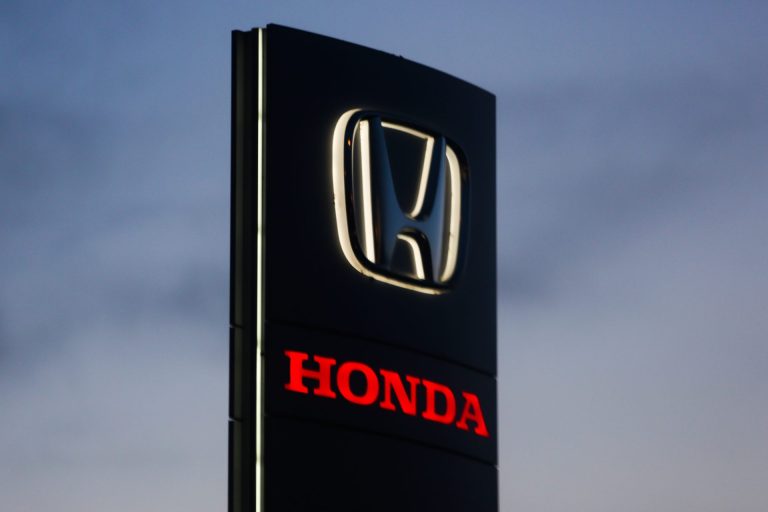Honda is warning customers about engine issues in several of their vehicle models. According to AP News, the manufacturer has recalled nearly 250,000 vehicles.
The National Highway Traffic Safety Administration shared documents about the recall on Friday (Nov. 17). Honda revealed that the mechanical issue involved the connecting rod bearings.
Honda Explains Reason For Vehicles’ Recall
The bearings can “wear and seize” due to how they were manufactured. If that happens, engine damage can occur. The damaged engines could “run improperly or stall while driving, increasing the risk of a fire, crash, or injury,” per the statement.
At this time, Honda says they’ve received no reports of injuries from the manufacturing error. However, per AP, drivers have filed 1,450 warranty claims about the problem.
The following models are the ones affected by the recall: ACURA/MDX/2016-2020, ACURA/TLX/2015-2020, HONDA/ODYSSEY/2018-2019, HONDA/PILOT/2016, 2018-2019 and HONDA/RIDGELINE/2017, 2019. Those models include pickup trucks, minivans, SUVs, and cars.
The manufacturer submitted their recall report on Nov. 13, per the two-page document from NHTSA.
As for what’s next, Honda reportedly plans to notify its vehicle owners by mail starting on Jan. 2. In the meantime, dealers will repair or replace impacted engines free of charge.
Customers can call Honda customer service at 888-234-2138 for more questions about this recall.
Toyota Recently Recalled Over One Million Vehicles
Honda’s notification comes shortly after Toyota issued a similar recall notice for 1.8 million vehicles. Their recall was due to “a fire risk from some replacement batteries.” As previously reported, the affected batteries weren’t the “correct dimensions.” The battery could spark a fire if it shakes loose while in use.
In September, Kia and Hyundai faced a similar vehicle recall. However, the number of affected vehicles in their case exceeds three million. Their malfunction involved fluid leakage from the anti-locking braking system — which can cause a fire. The recall was a high priority due to the possible leakage while the car was in motion or stationary.


